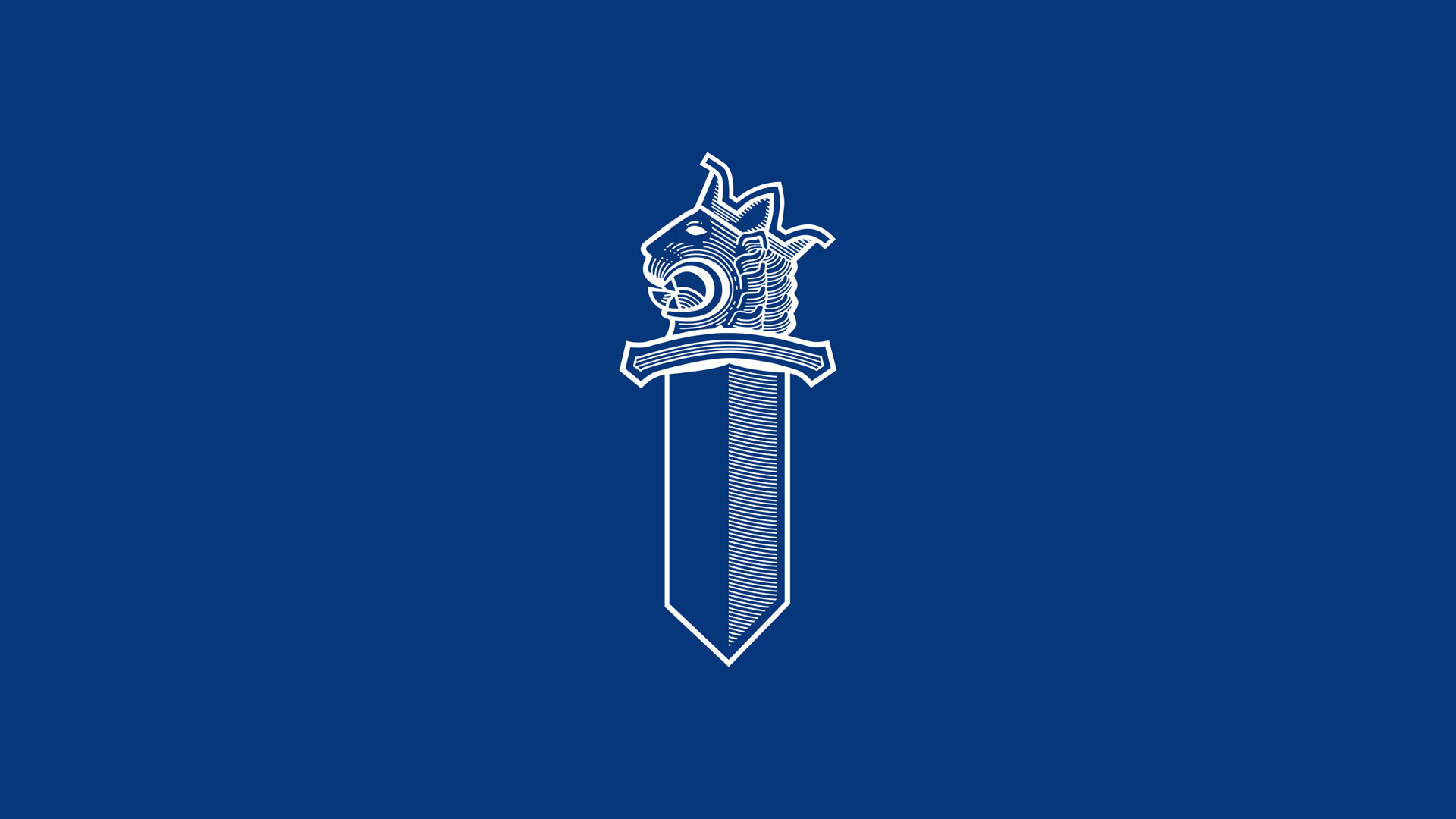Sober behind the wheel, get there in one piece – the police begins a Europe-wide intensive traffic monitoring campaign
The police will perform intensified monitoring of drunk driving on ‘sober driving day’, Wednesday 6 June and next weekend, 8–10 June 2018. The operation is part of the European Traffic Police Network TISPOL’s Alcohol & Drugs enforcement initiative and all police departments are involved.
“Summer is a time when people consume more alcohol and other intoxicants and forget that alcohol and driving do not go together, but may cause deaths and injuries,” comments Chief Superintendent Heikki Kallio of the National Police Board.
He says that in Finland, fatal drink-driving related road traffic accidents are concentrated in the summer months, between the hours of 8 pm and 6 am on Friday to Sunday. Therefore, the police will focus their traffic monitoring on these times in particular.
The phenomenon of drink-driving remains one of the main threats to traffic safety. In 2017, 17,646 drunk drivers were apprehended in Finland. The figure is 2.5 per cent higher compared to the previous year.
The share of intoxicating substances other than alcohol in drink-driving cases has been increasing for many years and intense growth continues this year. In the total of 195 fatal motor vehicle accidents investigated by Finnish road accident investigation teams in 2016, the person most at fault was under the influence of intoxicants in 49 cases, that is 25 per cent.
The share of young motorists driving under the influence of drugs is increasing
“Unfortunately, the same trend is emerging among young people as the share of so-called drug drivers increases year after year,” says Kallio.
In 2017, the total number of young drink-drivers was 4,026, 54 per cent of which were related to alcohol, 39 per cent to drugs and the remaining 7 per cent to both.
In 2016, the corresponding figure was 3,562, of which 61 per cent were related to alcohol, 33 per cent to drugs and the remaining 6 per cent both alcohol and narcotics.
“The large proportion of young people in drink-driving cases also correlates with the fact that many young people die and are injured in drink-driving accidents. Of the fatalities and those injured, up to one third were aged 15 to 24. Of the fatalities, almost three out of four were drink-drivers, one fifth passengers in a car driven by an intoxicated driver and seven per cent bystanders,” concludes Kallio.
socialShareGray




